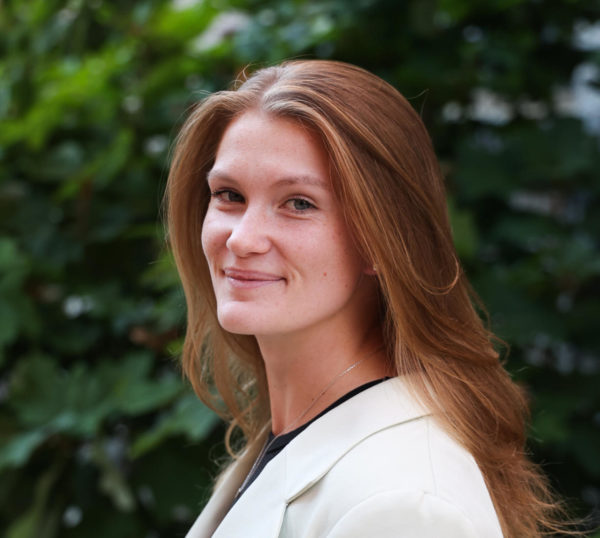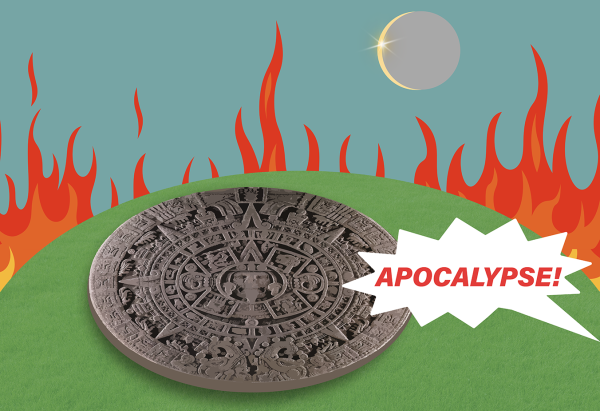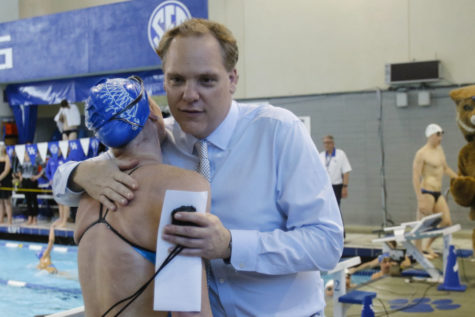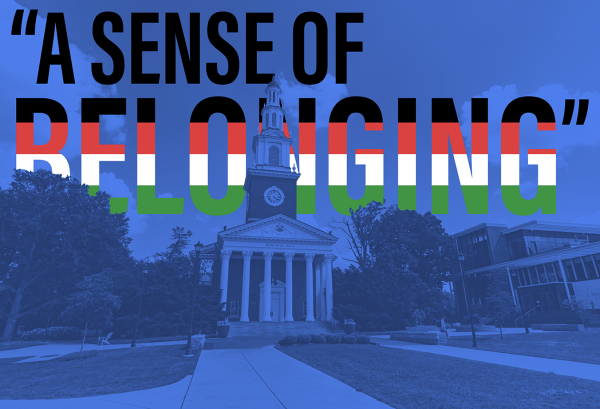Simulation shows commitment to innovation
March 8, 2010
Last Friday, an international incident occurred which could have nearly caused World War III — but if you weren’t on the inside, you probably didn’t know about it.
“Diplomats” from Iran, Israel, the U.S. and other delegations met in the Patterson Office Tower to solve the crisis, after Israel attacked Iran’s nuclear facilities, according to a March 1 Kernel article.
Over a 24-hour period, graduate students from the Patterson School participated in the simulated crisis for the seventh year. Through this simulation, students learn the ins and outs of handling a major crisis, including writing memos, dealing with media and all things in between, all in a high-stress situation.
Undergraduate journalism students also participated in the simulations as correspondents for the International News Network and Gulf News, adding to the realistic feel.
“Going to school is not at all like being in a bureaucracy in Washington,” said John Stempel, senior professor of international relations. “Our kids will go from here straight to the foreign service, to Congress, the CIA or the Defense Department.”
It may only be a one-time deal, but with simulations like this as a component curriculum, the Patterson School continues to prepare students for the strains of diplomacy.
In the increasingly competitive job market, anything done to help students learn beyond traditional methods only improves upon the overall quality education of the program.
Additionally, it could only benefit UK if more individual schools within the university employed such tactics and sought to find a realistic setting in which to train students. A large part of pushing this institution to the level it wants to be depends on creating programs which students compete to attend.
Adding the element of simulated reality only helps and ensures that some of the brightest minds not only consider UK, but rank it at the top of their lists for potential institutions.
Crisis averted.



















































































































































